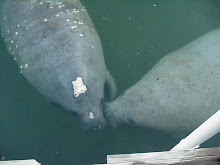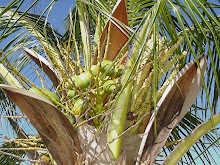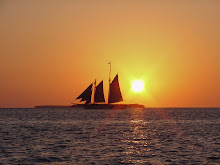Blue Licks was now behind us and we were heading towards Lexington, Kentucky. Along the way we encountered a very old cemetery that begged to be explored.
There were two sections to this interesting cemetery: a larger open area and a smaller area that was surrounded by a stone fence.
We saw a tall headstone nearly lost in a tangle of vegetation.
Upon closer inspection, we saw that it was the grave marker for Major John Miller (1752-1815), a Revolutionary War soldier and the founder of Millersburg, Kentucky.

Major John Miller founded Millersburg in 1817. He was one of the earliest settlers in Bourbon County. He was born in Pennsylvania and came to Kentucky in 1775. He was granted 400 acres of land by the Governor of Virginia (the land that was to become Kentucky was considered part of Virginia at the time). Major Miller bought an additional 1,000 acres at 20 shillings per 100 acres.
While he was surveying his land he was continually menaced by Indians so Major Miller built a block house or fort. He also planted corn during this time.
In 1798, Major John Miller surveyed 100 acres, laid out in-town lots and incorporated his new town of Millersburg.
Millersburg would eventually have flour mills, linsey-wool and flax cloth mills as well as shops that would manufacture spinning wheels and furniture. Farm produce from Millersburg would be shipped on the Ohio and Mississippi Rivers to New Orleans.
It was said that Major John Miller was a man of fine intellectual and physical powers. He and his wife, Ann McClintock Miller would have four sons and two daughters. Ann is buried next to her husband.
The 2010 census listed 792 persons living in Millersburg, Kentucky. Looking at the historical data for the population, Millersburg has always been a small town.
As The Colonel and I walked among the headstones we spied the only mausoleum in the old cemetery. It was very intriguing. It looked a bit like a tiny castle that had barely withstood bombardment.
We walked around the structure and saw the subterranean entrance (barely large enough for an adult to squeeze through, they must have built the mausoleum around the interred). I was so tempted to stick my camera in the entrance and snap a couple of photos, but I was too chicken. We did see evidence of visits to/in the structure by way of discarded beer cans.
We saw this marble marker lying on the ground near the mausoleum.
The marker reads: Louisa Snow, 2nd wife of Aquilla Willet, aged __ years.
When we were back in Florida we did some research on the Internet and learned more about Aquilla Willet and his two wives.
Aquilla Willet died on September 29, 1843 at the age of 55. He was the first blacksmith in Bourbon County. In 1841, he was appointed U.S. Postmaster for Millersburg, Bourbon County, Kentucky. He married his first wife, Electra Francina Wilder Lane in 1837. Electra would die in 1839. (I love these names...Aquilla and Electra).
In April of 1843, Aquilla married his second wife, Louisa Snow. Aquilla would be dead by September of that same year.
There is no age of death listed on Louisa Snow's marble marker that is because she is not buried in the Willet mausoleum (perhaps Aquilla had it built when his first wife died).
Louisa Snow Willet was a true pioneer woman. She was born in Maine, married Aquilla in Ohio, moved to Kentucky with him but upon his death moved ever westward. In 1900, Louisa lived in San Diego, California. She died in 1907 at the age of 94. What a life she must have lived and what things she must have seen. She lived from coast to coast, Maine to California.
All the tromping around toe stones and headstones made The Colonel and I hungry, so we got back into the car and hit the road to Lexington, Kentucky.
Between Millersburg and Lexington was Paris (The Thoroughbred Capital of the World). I popped into Paris, Kentucky's visitor center to inquire as to where The Colonel and I might enjoy a nice lunch. I was immediately welcomed by a handful of middle-aged ladies who were stuffing visitor's bags. They gave me one as they told me about a nice little restaurant around the corner. In my bag was a key chain, a little bag of Bluegrass seed and several brochures about area attractions. I thanked the friendly ladies and headed back to the waiting Colonel.
We found our lunch destination...Lil's Coffee House...and a parking spot just across the street.
Lil's little lunch counter was situated along the left wall as you walked through the double doors and to the right, across from the counter, was a huge space filled with antiques.
The Colonel and I were the only ones seated at the lunch counter. Our very friendly waitress served us well and we got our delicious lunches quickly. We had the tortilla soup and then I had the quiche and The Colonel had a sandwich of some kind.
I loved the pretty plate my lunch was served on.
Our waitress asked us where we were from and when we were ready to settle our bill she told us to have a good and safe trip back to Florida. The Colonel and I decided that a trip back to Paris would not be out of the question.
Our bellies were comfortably full and it was time to get back on the road to Lexington and leave the Thoroughbred Capital of the World behind.






















































No comments:
Post a Comment